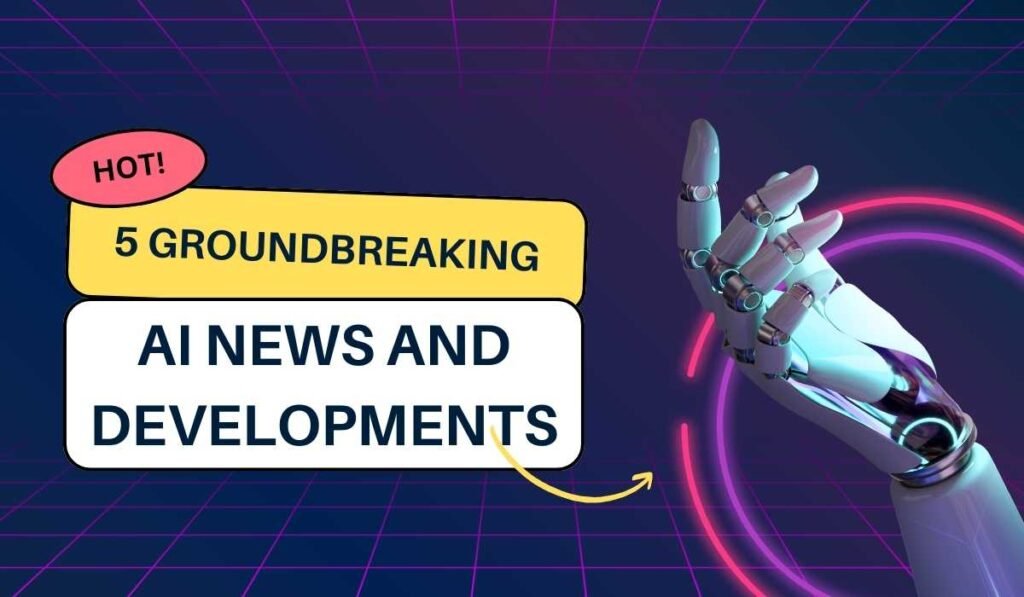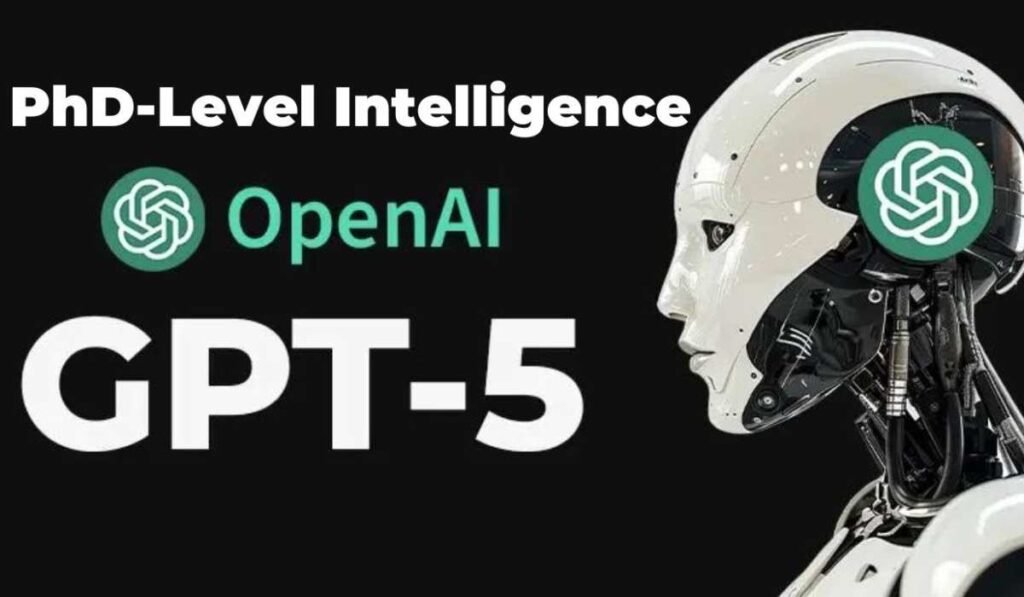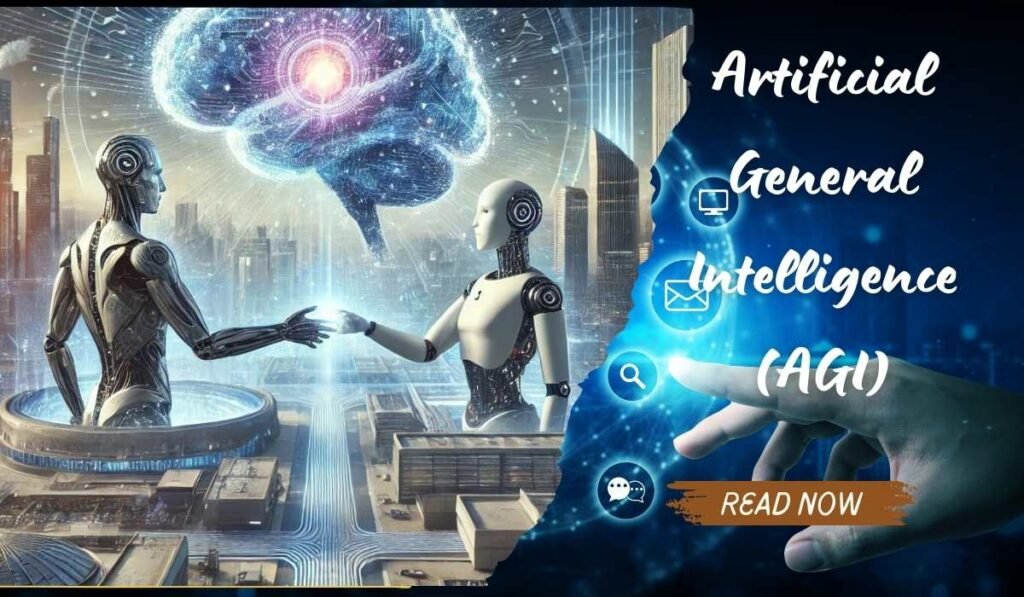In the ever-evolving landscape of artificial intelligence, staying informed is not just an advantage—it’s a necessity. As we navigate through August 2024, the AI world has once again proven its capacity to surprise, innovate, and reshape our digital reality. From hyper-realistic image generation to advanced language models and voice assistants, this month’s AI news and developments are nothing short of revolutionary.
In this comprehensive roundup, we’ll dive deep into five game-changing advancements that are set to redefine how we interact with technology, conduct business, and perceive digital media. Whether you’re a tech enthusiast, a business leader, or simply curious about the future of AI, buckle up—because the future is unfolding faster than ever before.
1. Hyper-Realistic Image Generation: The Flux Revolution
The world of AI-generated imagery has taken a quantum leap forward with the release of Flux, an open-source model that’s pushing the boundaries of what’s possible in hyper-realistic image creation.
Key Features of Flux:
- Open-source architecture allowing for rapid innovation
- Integration with Grok 2, making it accessible on popular social media platforms
- Capability to generate highly detailed, photorealistic images
- Support for LoRA (Low-Rank Adaptation) for customization and fine-tuning
Real-World Applications and Implications
The implications of Flux’s capabilities are far-reaching:
- E-commerce Revolution: Companies like Let’s AI are already leveraging Flux to create virtual try-on experiences for clothing and accessories. Imagine being able to see yourself wearing any product before purchasing—a game-changer for online retail.
- Content Creation: Indie developers and content creators can now generate high-quality, custom visuals without expensive photoshoots or graphic design skills.
- Ethical Concerns: The ability to create hyper-realistic fake images raises important questions about digital authenticity and the potential for misuse.
The Future of Photography?
As Flux and similar technologies become more widespread, we may need to redefine our understanding of what constitutes a “photograph.” The line between captured and generated imagery is blurring, challenging our perceptions of visual authenticity in the digital age.
2. Grok 2: The Twitter-Powered AI Assistant
X (formerly Twitter) has made waves in the AI news and developments scene with the release of Grok 2, an AI model that leverages the vast data from the Twitter platform.
Key Features of Grok 2:
- Access to real-time Twitter data for up-to-date information
- Competitive performance on various language model benchmarks
- Integration of Flux for image generation capabilities
- Less restrictive content policies compared to some competitors
Unique Selling Points
- Real-Time Information Access: Grok 2’s integration with Twitter’s data firehose gives it a unique advantage in providing current information and trending topics.
- Versatility: From text generation to image creation, Grok 2 offers a wide range of capabilities in a single platform.
- Potential for Enterprise Solutions: With plans for an Enterprise API, Grok 2 could become a powerful tool for businesses looking to leverage Twitter’s vast knowledge base.
3. ChatGPT’s Quiet Upgrade: Enhancing Conversational AI
OpenAI has silently rolled out a new GPT-4 model in ChatGPT, focusing on improving dialogue interactions.
Key Improvements:
- Enhanced handling of chat conversations
- Optimized for user interactions in a dialogue format
- New API endpoint for developers
While the changes may seem subtle to casual users, this upgrade represents OpenAI’s commitment to continually refining their AI models for more natural and effective communication.
4. Google’s Gemini Live: Voice Assistant Reality Check
Google has entered the AI voice assistant arena with Gemini Live, but the reality may not match the initial hype.
Features and Limitations:
- Voice input and output functionality
- Ability to interrupt the AI (with some technical challenges)
- Integration with Google services like Calendar and Gmail
- Lack of advanced multimodal capabilities promised by competitors
Current State and Future Potential
While Gemini Live may not be the groundbreaking assistant some expected, it represents Google’s first step into the next generation of AI voice interactions. The integration with Google’s ecosystem could prove to be a significant advantage as the technology matures.
5. Anthropic’s Prompt Caching: A Game-Changer for AI Efficiency
In a surprising move, Anthropic has introduced prompt caching for their Claude AI model, potentially revolutionizing how businesses interact with AI.
Key Benefits:
- Up to 90% reduction in API costs
- Up to 85% decrease in latency
- Improved performance for context-heavy applications
Potential Applications
- Conversational Agents: Create more complex and context-aware chatbots without sacrificing speed or increasing costs.
- Coding Assistants: Develop AI coding helpers that can retain large codebases in memory for quicker and more accurate assistance.
- Content Analysis: Analyze large documents or datasets more efficiently, making AI-powered research and data mining more accessible.
As we’ve explored these five groundbreaking AI news and developments, it’s clear that the field of artificial intelligence is advancing at an unprecedented pace. From the hyper-realistic images of Flux to the efficiency gains of prompt caching, each innovation brings us closer to a world where AI is seamlessly integrated into our daily lives and business operations.
Key Takeaways:
- The line between real and AI-generated content is blurring, necessitating new approaches to digital literacy and authenticity.
- AI models are becoming more specialized, with unique strengths like Grok 2’s real-time data access.
- Improvements in efficiency and cost-effectiveness, as seen with Anthropic’s prompt caching, could accelerate AI adoption across industries.
- Voice AI assistants are evolving, but there’s still a gap between promise and reality.
- The open-source nature of some AI developments is driving rapid innovation and democratizing access to cutting-edge technology.
As these technologies continue to evolve, it’s crucial for individuals and businesses alike to stay informed and consider both the opportunities and ethical implications of these advancements. The future of AI is not just something to observe—it’s something we all have a stake in shaping.
Flux is an open-source AI model that significantly enhances hyper-realistic image generation. Its key features include an open-source architecture for rapid innovation, integration with Grok 2 for image generation, the ability to create highly detailed photorealistic images, and support for Low-Rank Adaptation (LoRA) for customization.
Flux allows companies to create virtual try-on experiences, enabling customers to see themselves wearing products before making a purchase. This capability could revolutionize online retail by increasing customer confidence and reducing return rates.
Grok 2 leverages real-time Twitter data to provide current information, competitive performance on language model benchmarks, integration with Flux for image generation, and plans for an Enterprise API to cater to business needs.
ChatGPT has received a quiet upgrade to the GPT-4 model, which enhances its handling of chat conversations, optimizes user interactions in dialogue format, and introduces a new API endpoint for developers.
Gemini Live includes voice input and output functionality, the ability to interrupt the AI, integration with Google services like Calendar and Gmail, but lacks some advanced multimodal capabilities promised by competitors.
Prompt caching is a feature introduced by Anthropic for their Claude AI model that can reduce API costs by up to 90%, decrease latency by up to 85%, and improve performance for applications that require context, such as conversational agents and coding assistants.
The ability to create hyper-realistic fake images raises significant questions about digital authenticity, the potential for misuse in misinformation, and the need for new approaches to digital literacy.
AI voice assistants are evolving with new technologies like Google's Gemini Live, but there is still a gap between the initial promise of these assistants and their actual capabilities in practice.
Key takeaways include the blurring line between real and AI-generated content, the specialization of AI models, improvements in efficiency and cost-effectiveness, the evolving nature of voice AI assistants, and the rapid innovation driven by open-source developments.
Staying informed about AI developments is crucial for individuals and businesses as it allows them to understand the opportunities and ethical implications of these advancements, ensuring they can effectively navigate the rapidly changing digital landscape.





